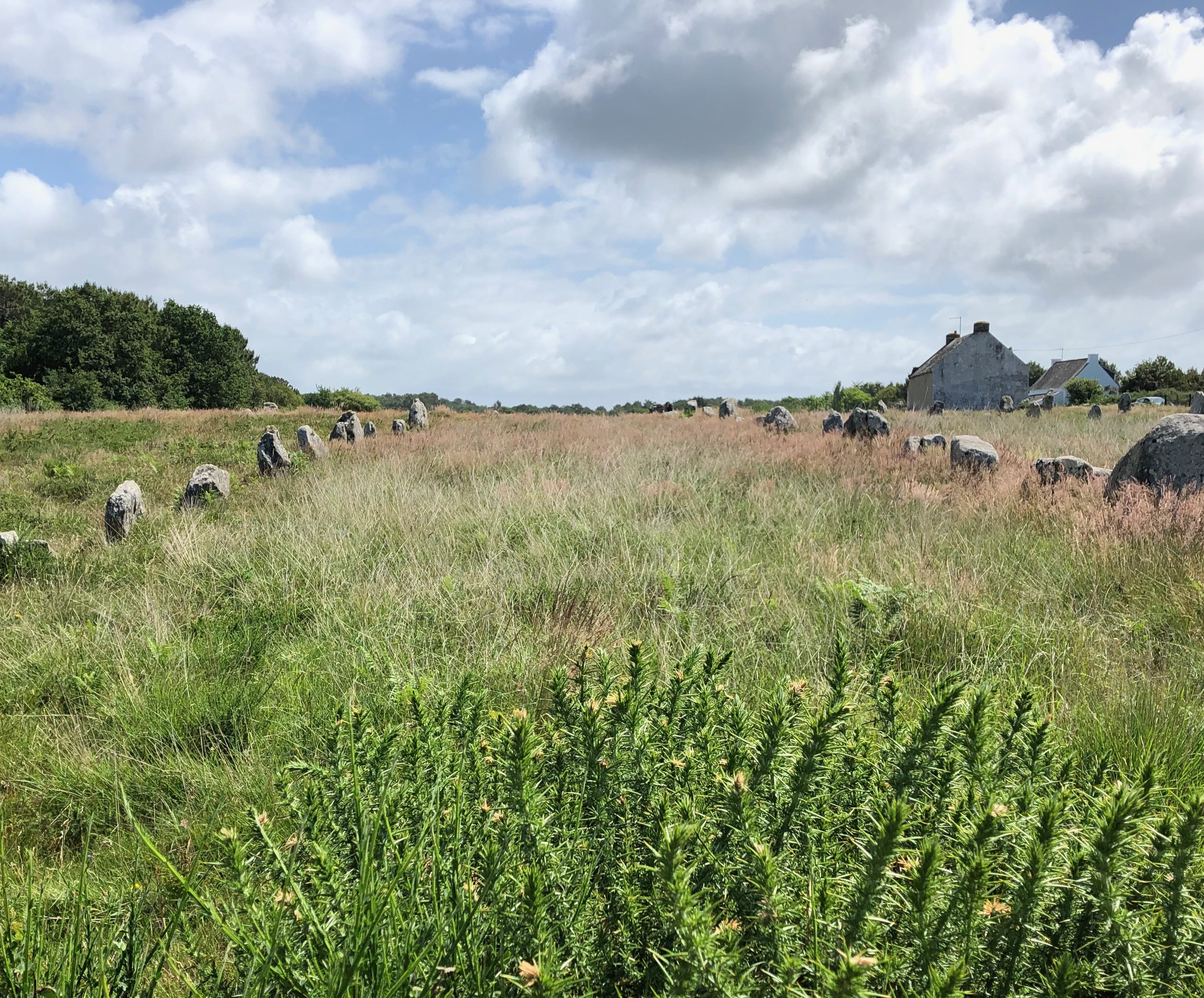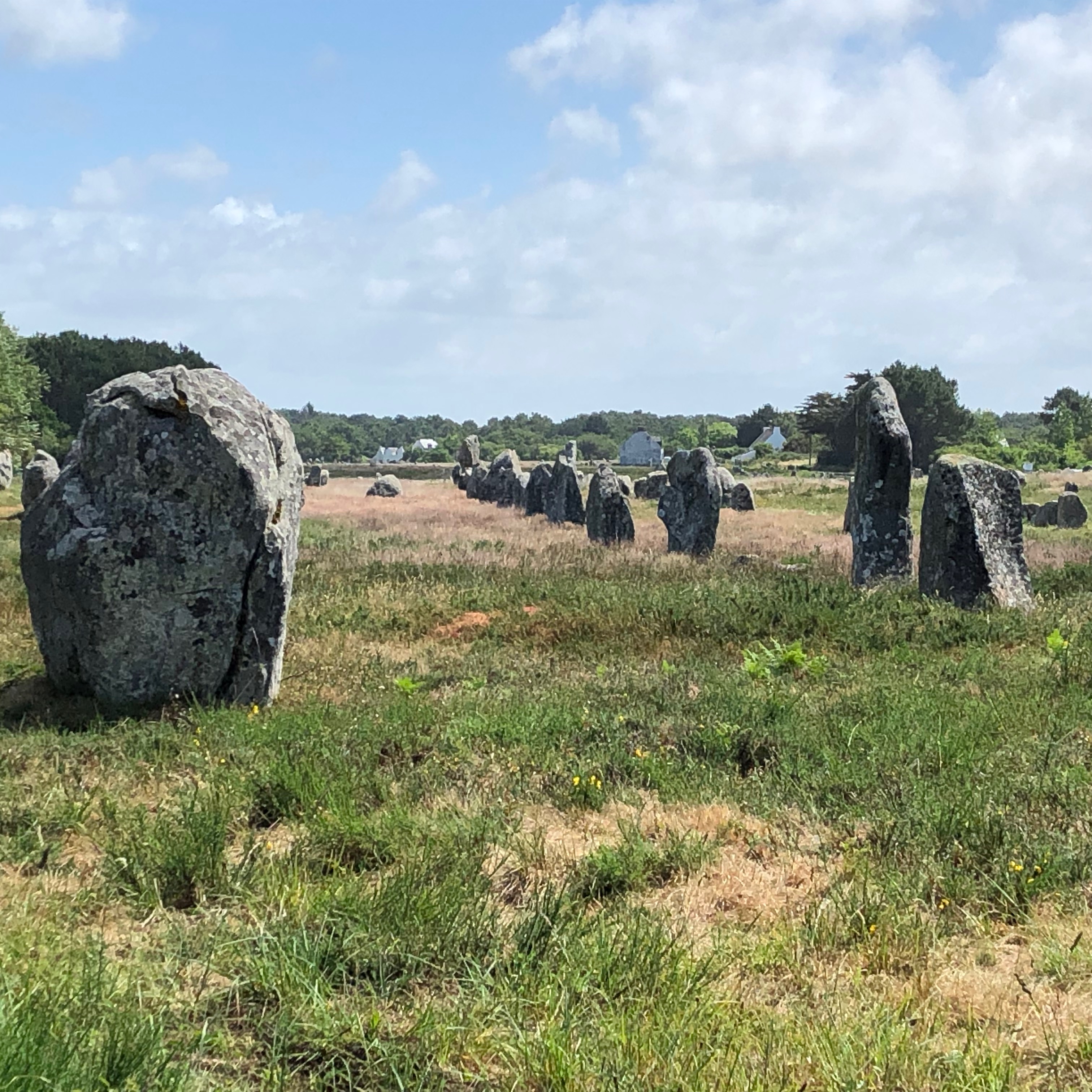
Coming back to our trip to Brittany in June …
When cruising Brittany – at least a small part of it – we encountered remains from the Neolithic age. Generally we are talking about the period of 5800 – 4000 BC. All over Brittany there are stones arranged in straight lines, burial sites made of stones piled high, giant lumps of rock …
My better half & I visited some of the sites. It was really impressive & we asked ourselves why did people about 6000-8000 ago start these construction projects which needed lots of special material, i. e. selected rocks, lots of planning and lots of people. Well, obviously nobody knows for sure!
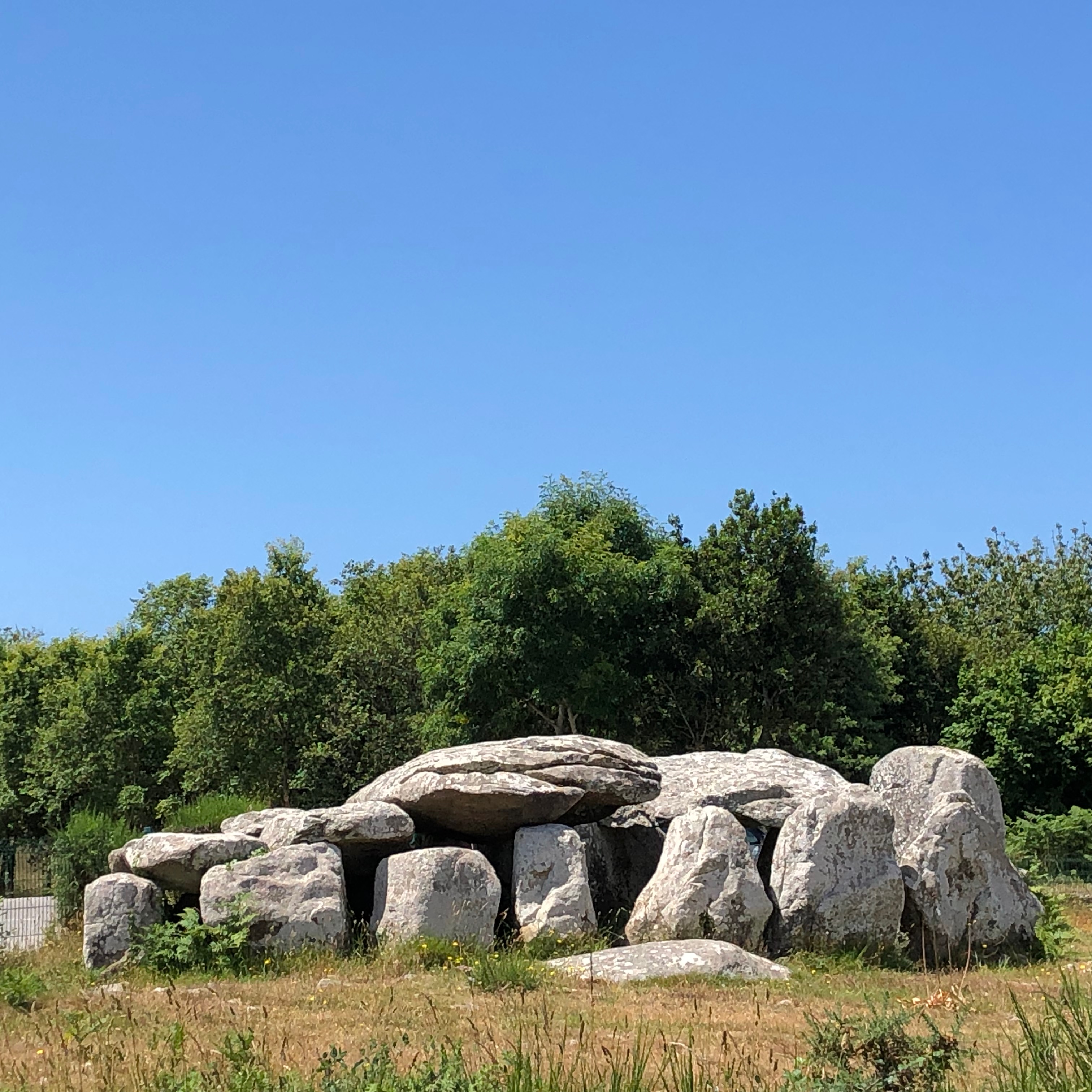
England isn’t far from Brittany and some of the Neolithic remains reminded us of similar sites in England resp. Scotland. Of course there is famous Stonehenge, created about 4000 BC, which also might have been found in Brittany – we think when reading about Neolithic culture – or whatever archaeologists think about this subject. Apart from the astronomical background, i. e. summer solstice myth …, which could be assigned to Stonehenge – and more such sites – there are also stringent layouts in Brittany’s remains. At least there must have been some sort of communication all over the areas.
An object like a Dolmen (see above!) was certainly used as a burial site because bones & burial objects have been found. (Of course lots of them vanished over the centuries.) Obviously there are Dolmens of different sizes being the last home to more than a single corpse.
Some of the Dolmen are restored so that you may enter this special Neolithic world.
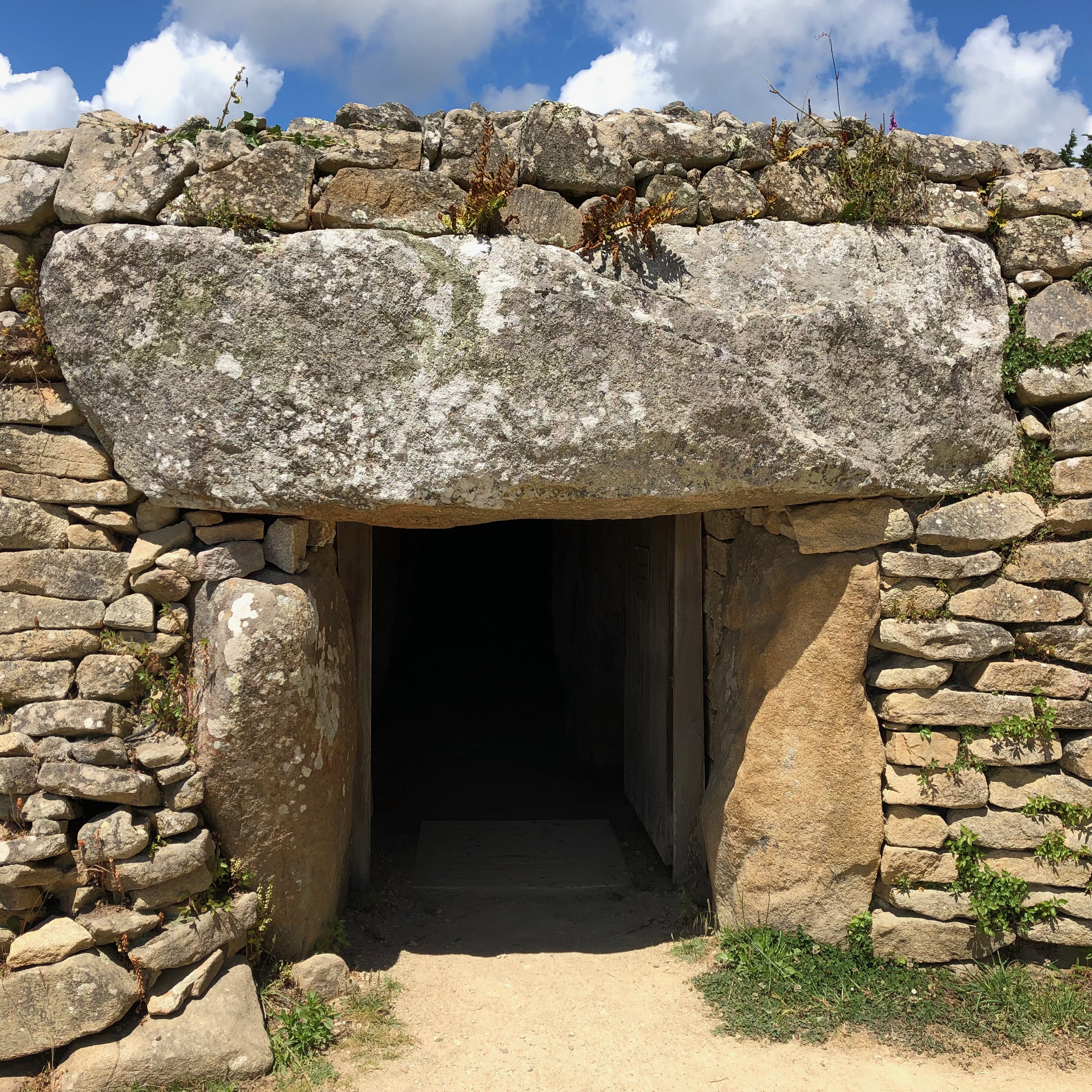
There are burial chambers, more than one in a Dolmen. There are stones displaying engraved symbols. The passage ways are low. It isn’t secured by archaeologists how a Dolmen was used concerning meetings or whatever besides the graveyard aspect.
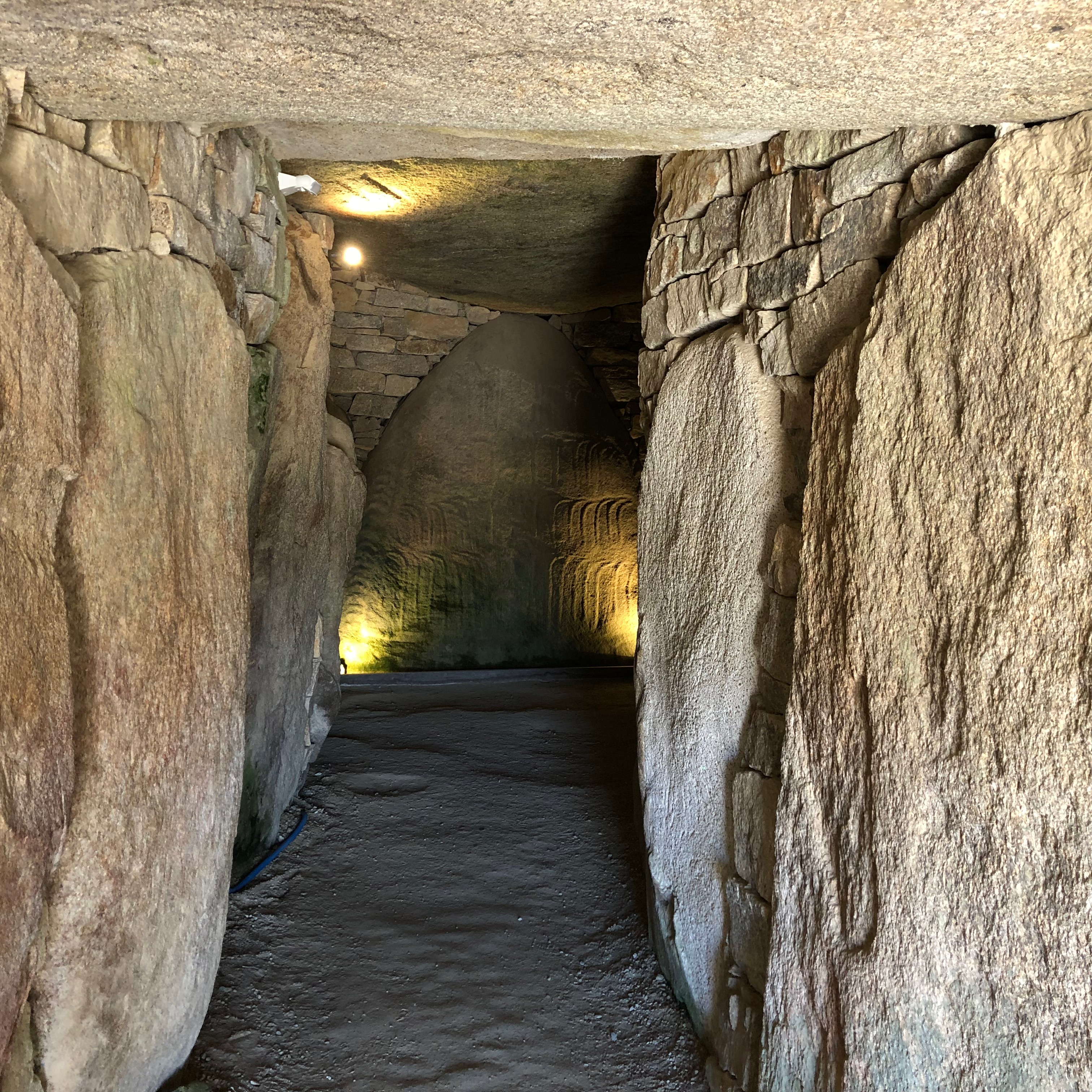
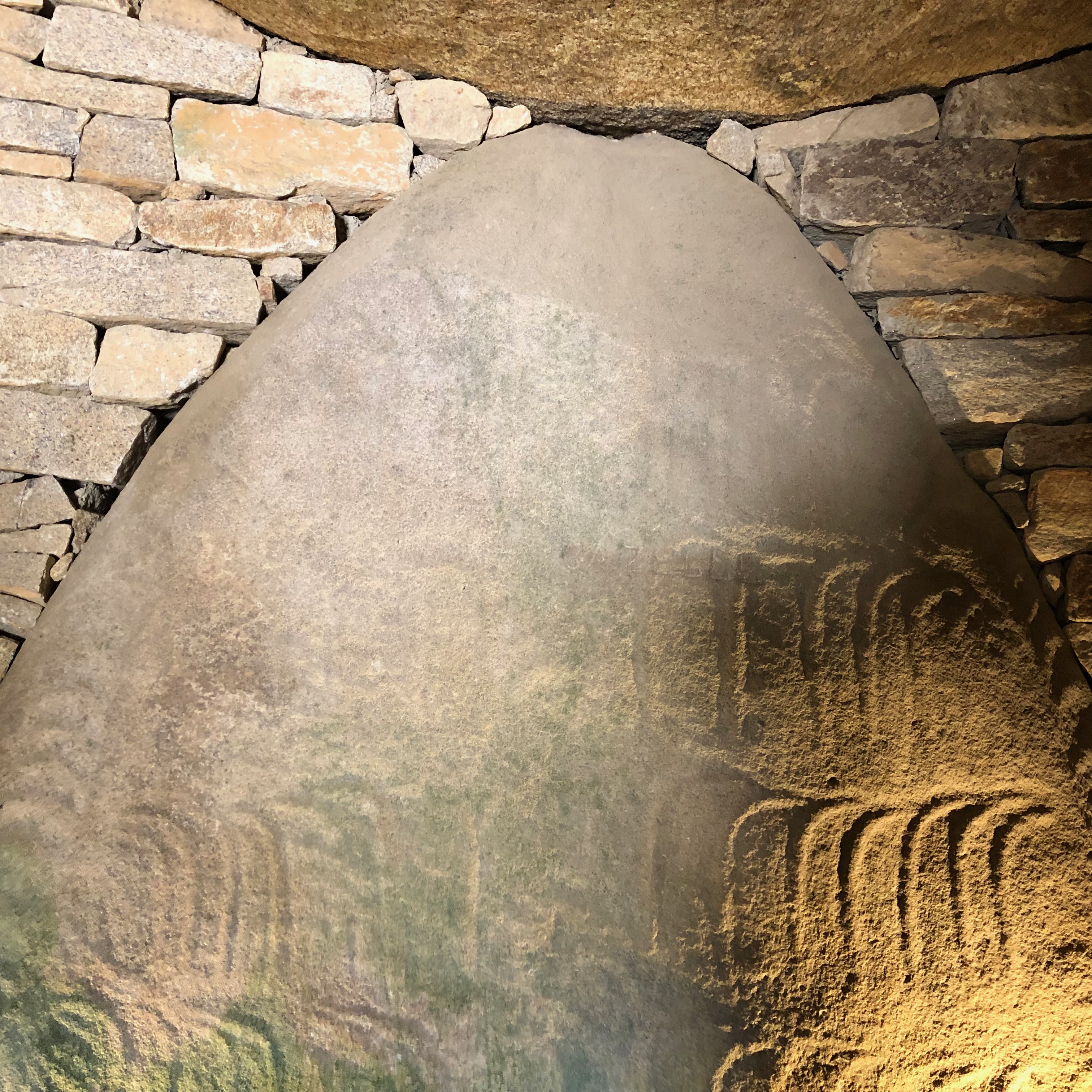
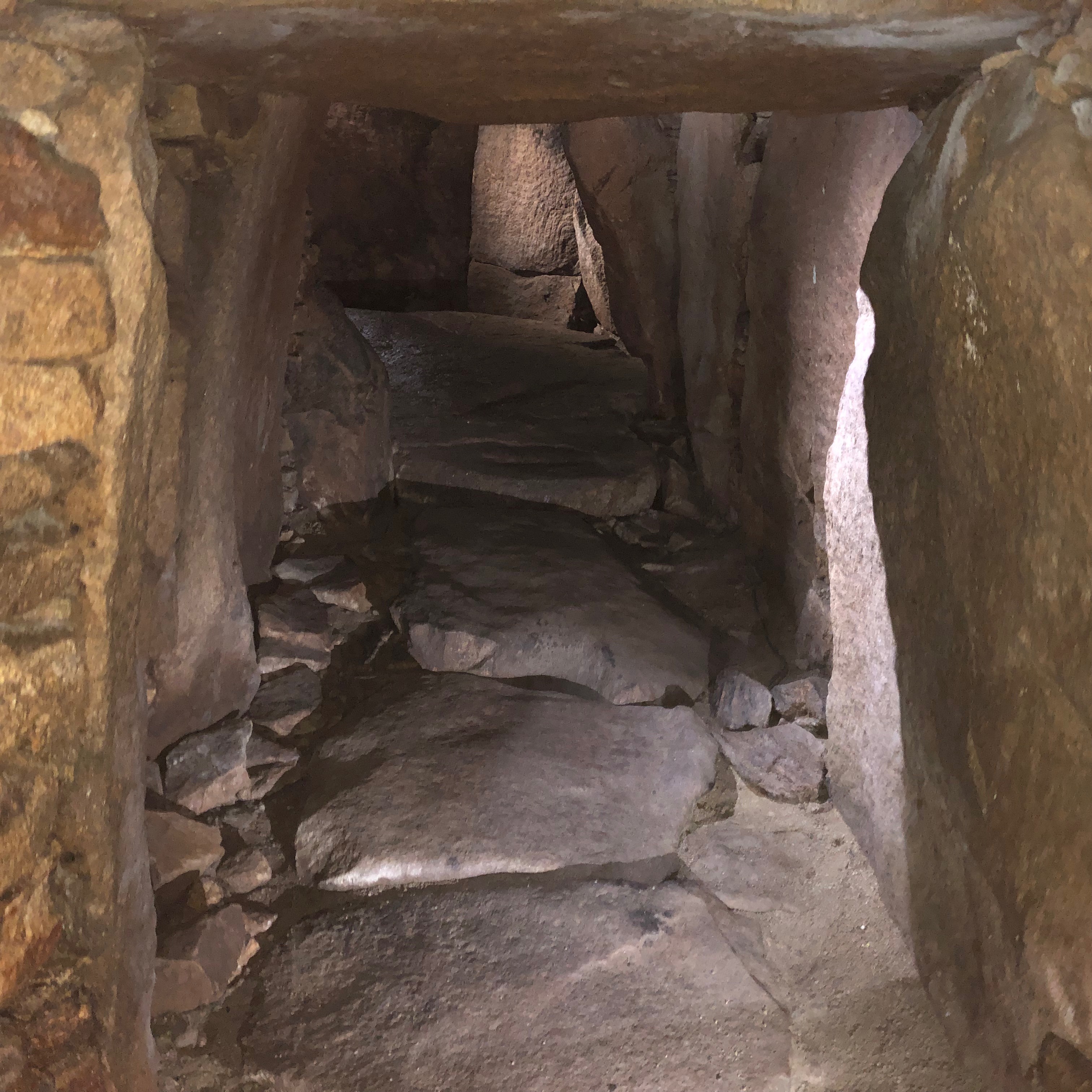
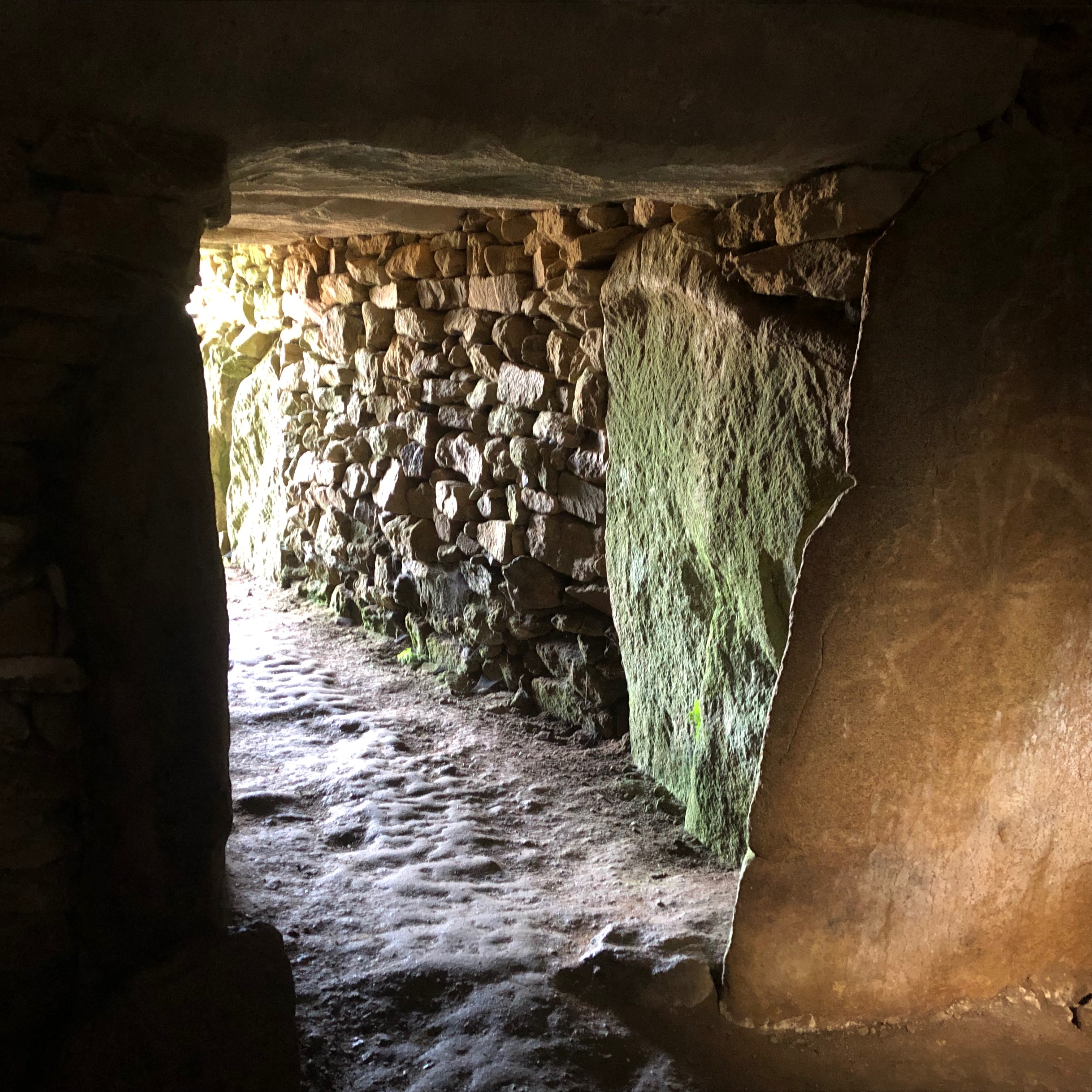
Some sites are rather large resp. show structures of striking extent. Often Dolmen are not single features of the landscape, but there are more burial sites, vast structures, as well as Menhirs, large rocks which are by now broken into parts.
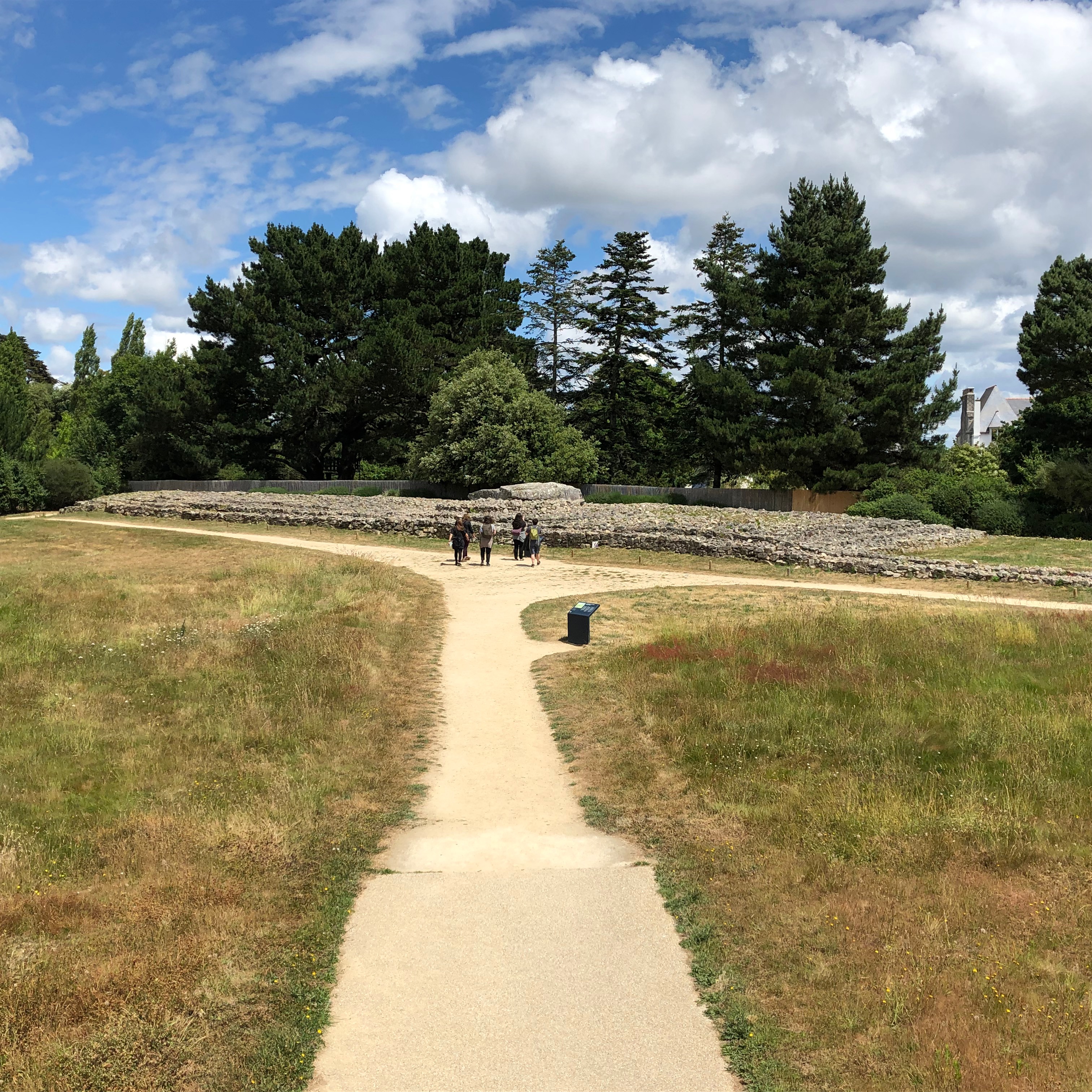
This is near Locmariaquer where a special rock, the Grand Menhir, a giant of almost 20 m in height, erected about 4500 BC, was once part of a row of Menhirs. It isn’t clarified until no if the Mentor tumbled down or was knocked over some hundred years later. Maybe his rock was used for the adjacent Dolmen … It’s all a wild guess.
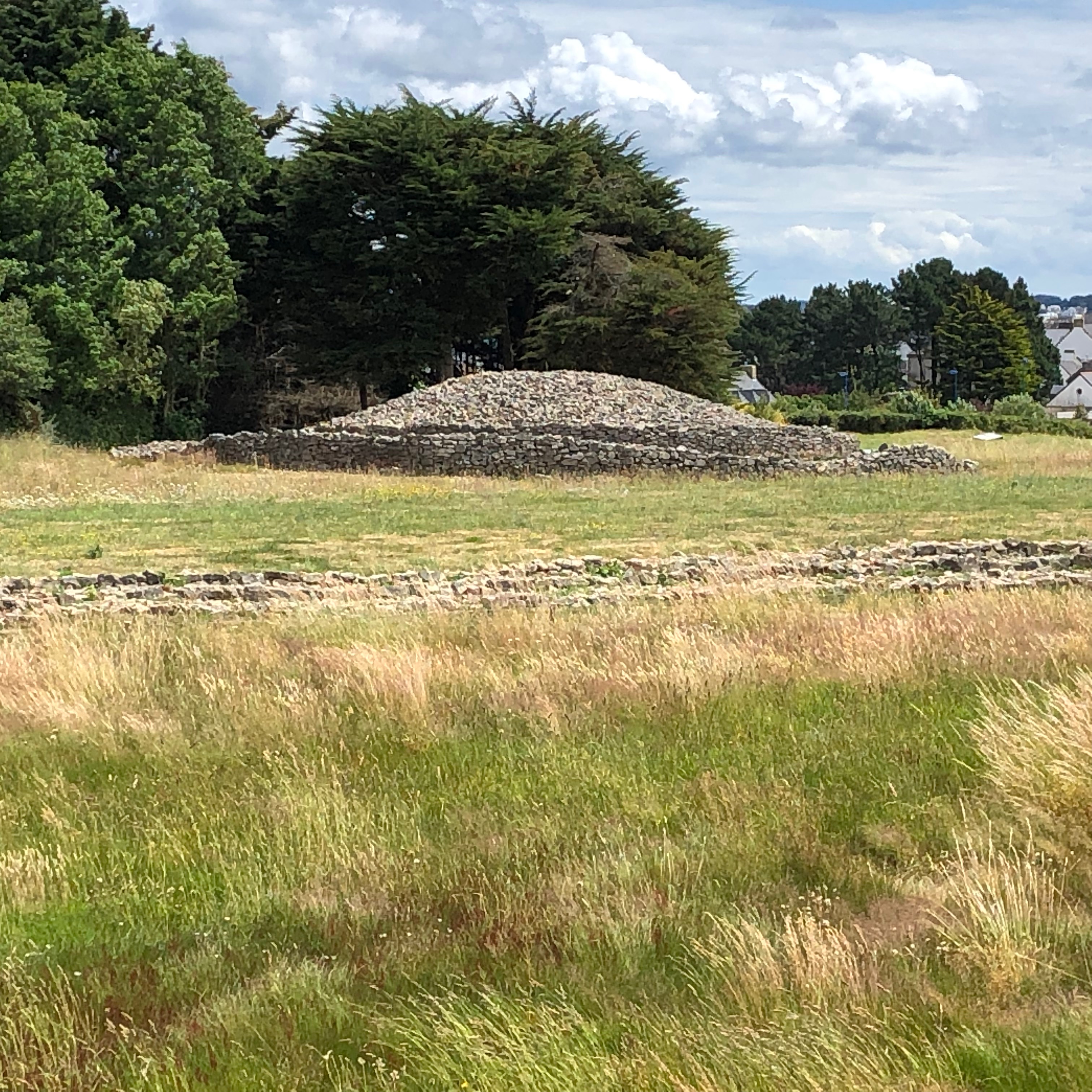
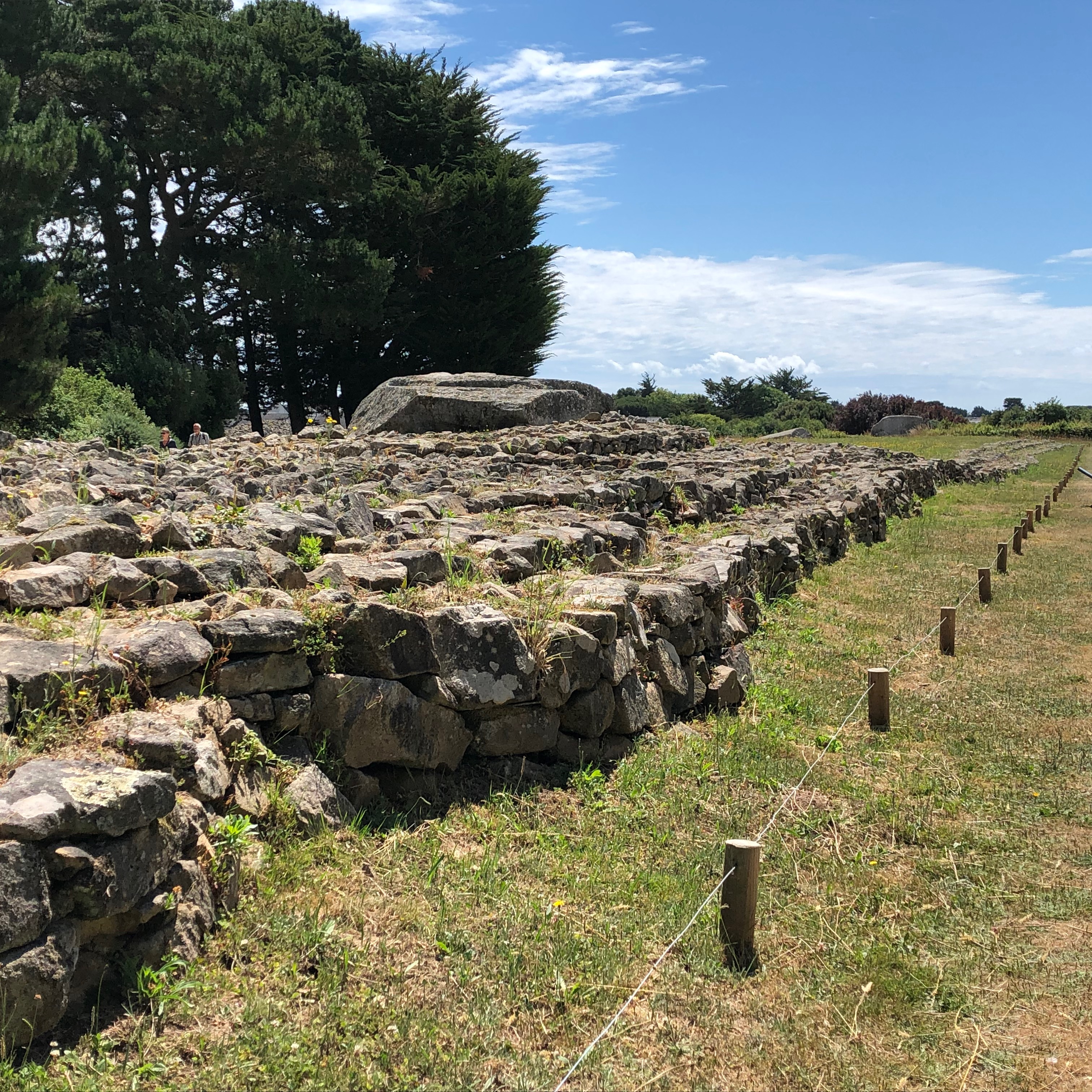
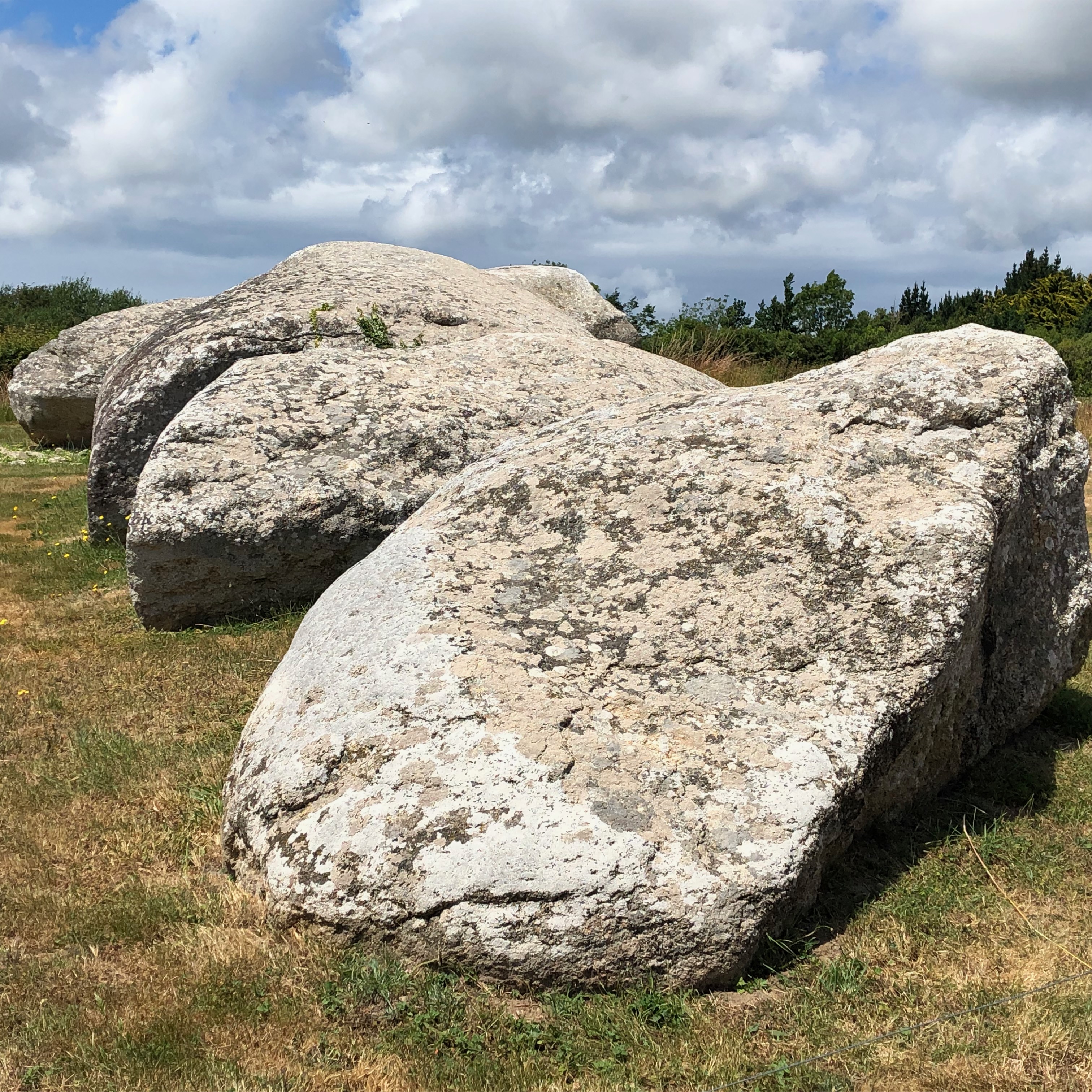
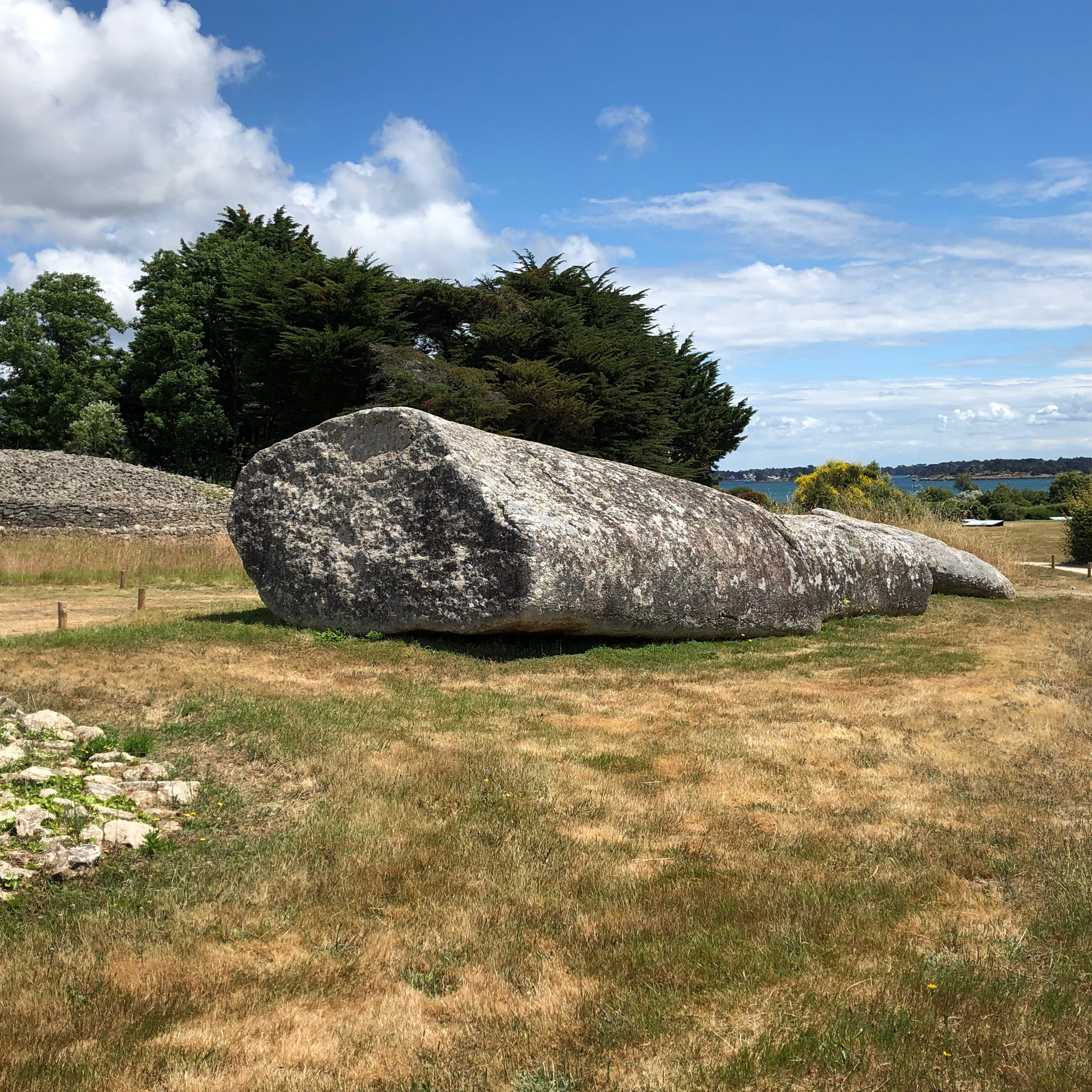
What was the most amazing feature?
For me it’s the rows of stones.
The stones range from about 0,5 m up to 4 m. They are lined very straight – miles long. It is assumed that near Carnac, a special Neolithic site, the rows covered about 8 km – once. Today about 3000 rocks aligned in rows over about 3 km remained in place.
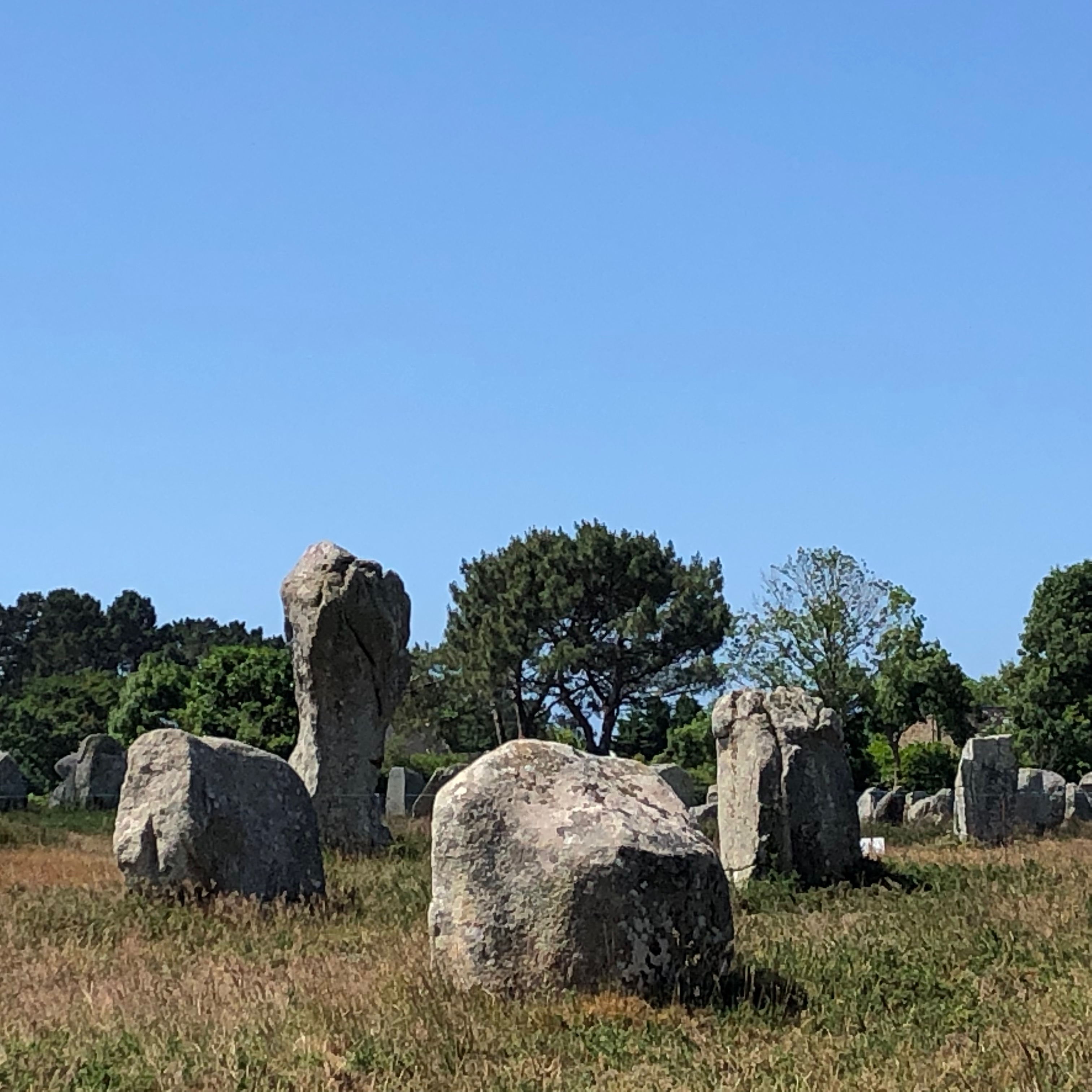
Why did people in Neolithic age start these enormous activities?
There are no artifacts from their era revealing their ideas about life & death, about gods, about sun & moon … We can only develop visions based on these astonishing remains. Did they erect these rows of stones for some sort of worship to gods they thought responsible for good weather and fruitful harvests? Did they carry their dead along the rows to bury them in a Dolmen somewhere nearby?
Or were the rows some signs for aliens when visiting the earth? (Only joking!)
